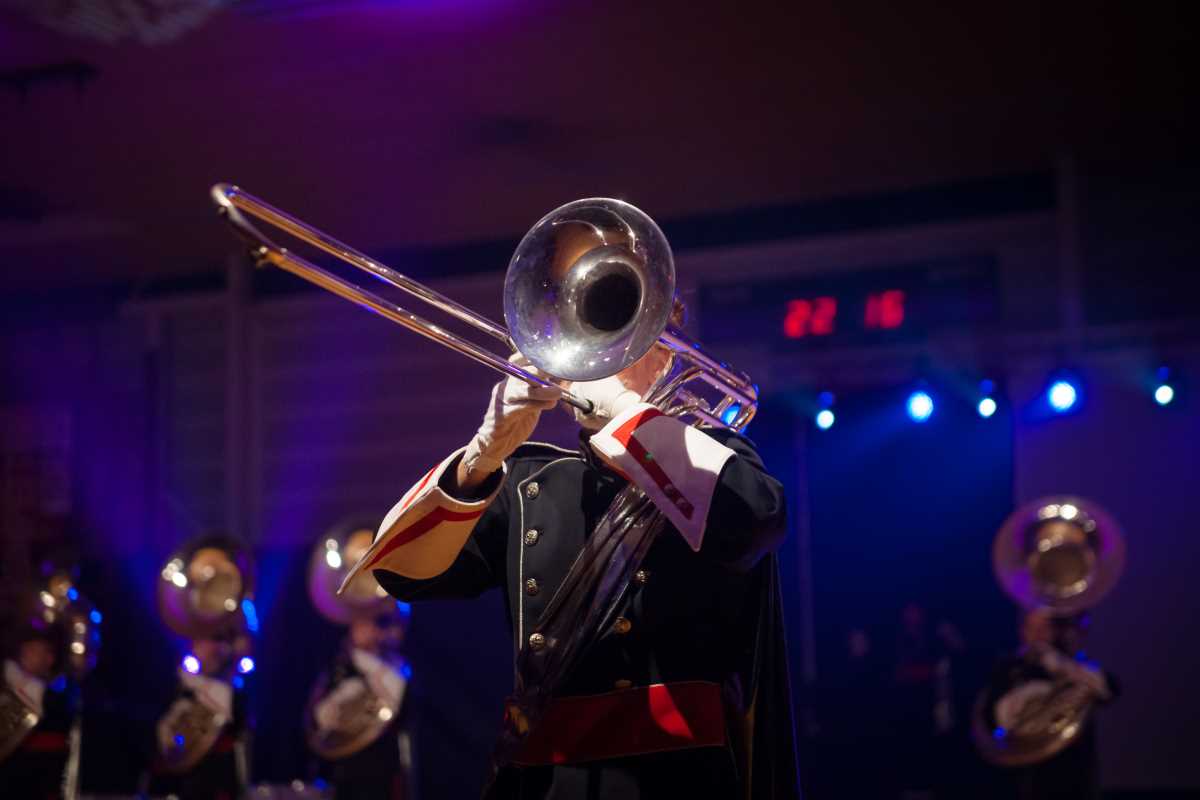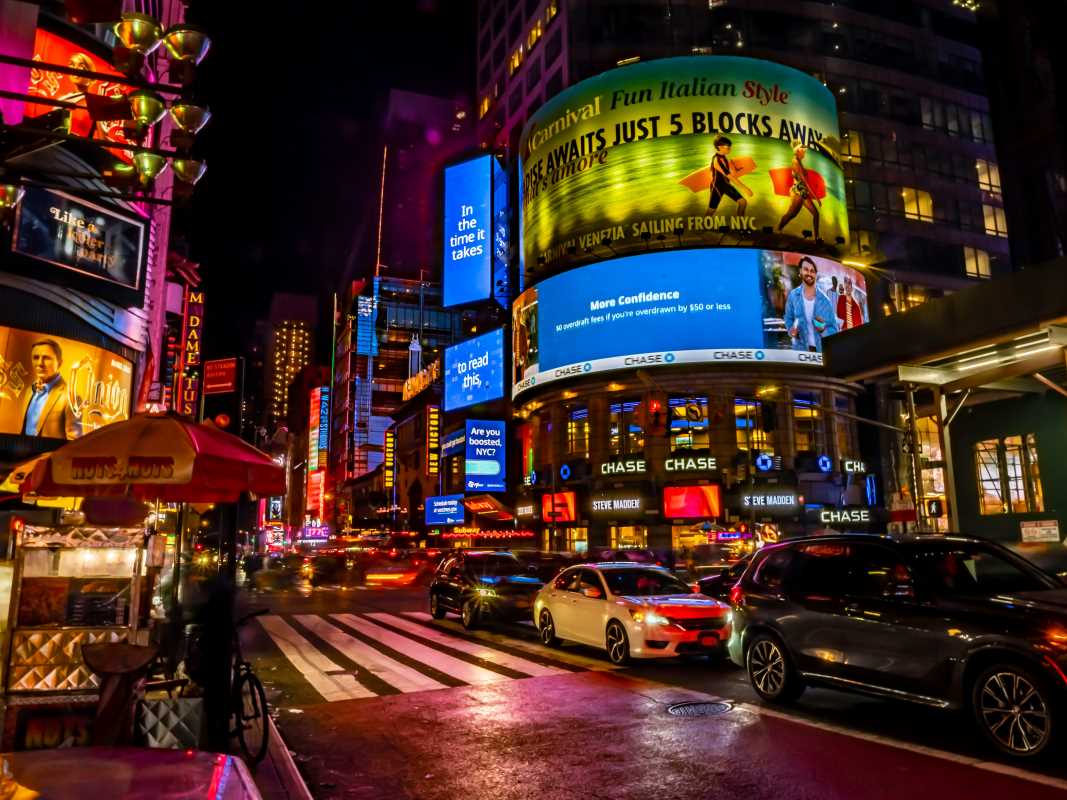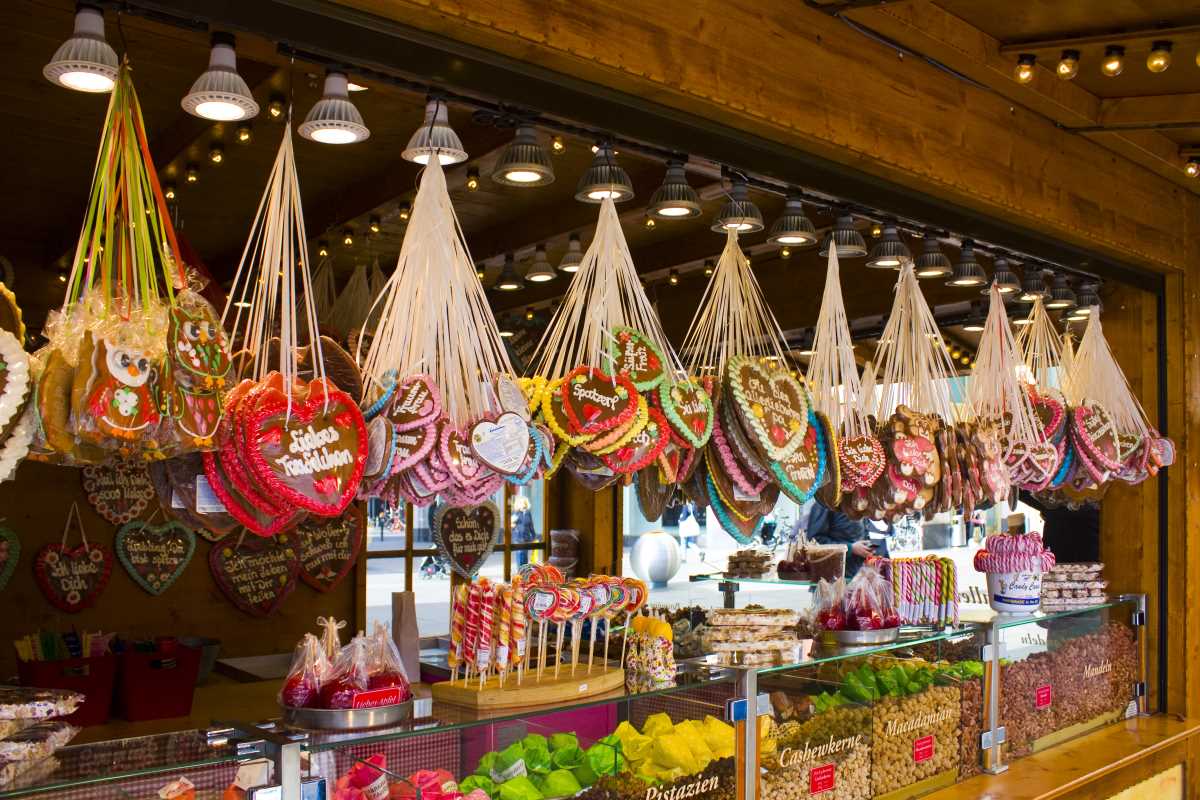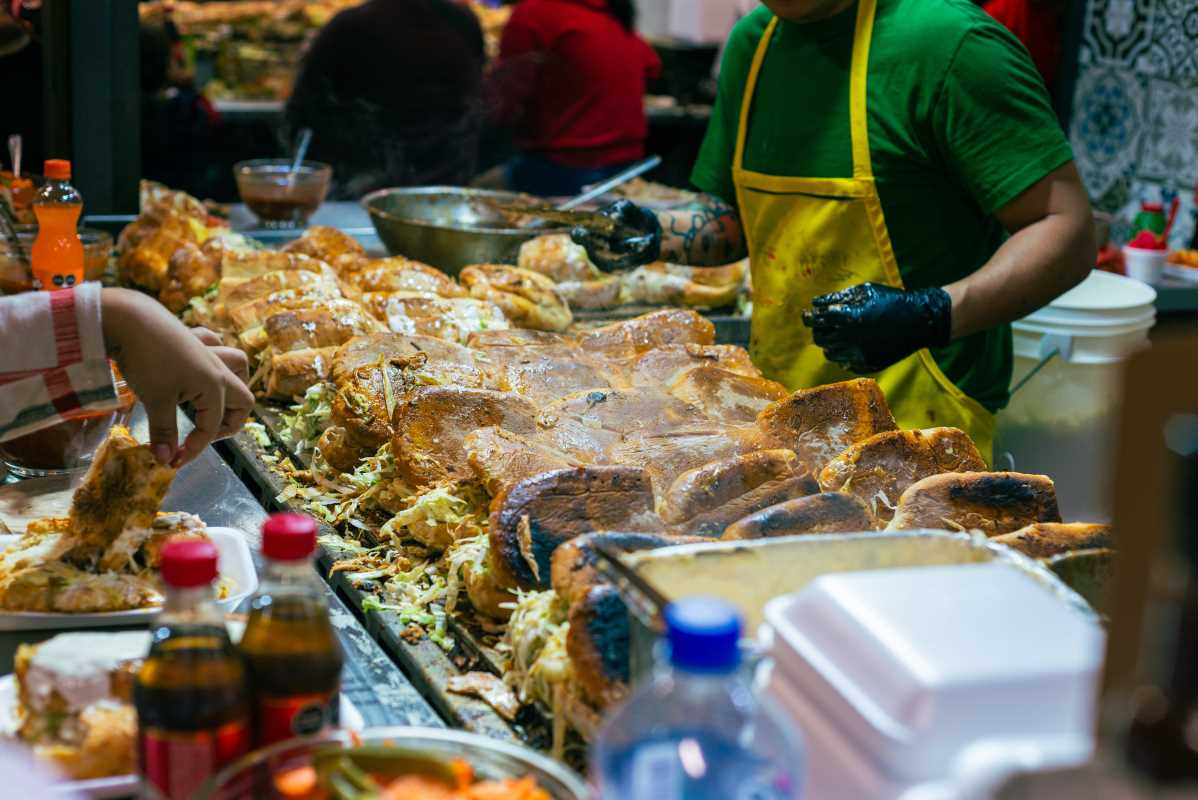New Orleans pulses with a rhythm all its own. It’s a city where the soulful wail of a saxophone drifts from a dimly lit club and mingles with the rich aroma of simmering gumbo. New Orleans is a city that engages all your senses. It’s in the taste of a perfectly spiced etouffée, the sound of a mournful trumpet, and the feeling of community that radiates from every corner. The connection between its music and food is the story of its people—a story of resilience, creativity, and pure joy. Come listen, taste, and let the city’s irresistible spirit move you. Get ready to explore the legendary jazz clubs and Creole kitchens that define the unforgettable spirit of the Crescent City.
The Heartbeat of a City: Jazz & Creole Cuisine
To truly understand New Orleans, you have to appreciate its two most famous cultural exports: jazz and Creole food. Both were born from a unique melting pot of cultures.
A Brief History of New Orleans Jazz
Jazz emerged in the late 19th and early 20th centuries from the vibrant African American communities of New Orleans. It’s a powerful blend of blues, ragtime, and spirituals, with roots in West African musical traditions. Early pioneers like Buddy Bolden and Louis Armstrong took this new sound from the backrooms of Storyville to the world stage. Today, that improvisational, soulful sound is the city's official soundtrack, echoing from historic halls to street corner brass bands.
The Flavors of Creole Cooking
Like its music, New Orleans' cuisine is a rich gumbo of influences. Creole cooking began in the 18th century, mixing classic French techniques with Spanish spices, West African ingredients like okra, Caribbean flavors, and Native American staples. It’s often called "city cooking"—more refined than its rustic cousin, Cajun cuisine. Think of rich sauces, complex stocks, and dishes like shrimp remoulade, turtle soup, and trout amandine.
Exploring the Neighborhoods of Sound and Spice
Each New Orleans neighborhood offers a different flavor of music and food. Here’s where to start your journey.
The French Quarter: Iconic and Unforgettable
The city's oldest neighborhood is a must-see. Its wrought-iron balconies and lively streets are packed with history. While it can be tourist-heavy, the French Quarter is home to some of the most iconic institutions for both music and food.
Tremé: The Birthplace of Jazz
Just northwest of the French Quarter lies Tremé, America's oldest African American neighborhood. This is sacred ground for jazz lovers. It’s a more residential area, offering an authentic look at the culture that created the music.
Marigny & Bywater: The Local Scene
Head downriver from the French Quarter to find the Marigny and its artsy neighbor, the Bywater. The Marigny’s Frenchmen Street is the city’s premier live music corridor, with a dozen clubs packed into a few blocks. It’s where locals go to hear incredible music without the Bourbon Street crowds.
Must-Visit Clubs and Restaurants
Ready to dive in? Here are some essential spots to experience the best of New Orleans jazz and Creole food, from timeless classics to local gems.
Legendary Jazz Clubs
- Preservation Hall (French Quarter): This is not only a club, but a living museum dedicated to traditional New Orleans jazz. The space is rustic and intimate, with no drinks served. It’s all about the music.
- The Spotted Cat Music Club (Marigny): A quintessential Frenchmen Street spot. This small, energetic club features a fantastic lineup of traditional and modern jazz, swing, and blues.
- Maple Leaf Bar (Uptown): For a true local experience, head uptown to this legendary bar. It's famous for its Tuesday night residency with the Rebirth Brass Band, delivering a powerful, funky sound that will get you moving.
- Fritzel's European Jazz Pub (French Quarter): Located on Bourbon Street, Fritzel's is a haven for traditional jazz enthusiasts. It's the oldest operating jazz club in New Orleans, offering nightly performances in a cozy, historic setting.
Essential Creole Kitchens
- Commander's Palace (Garden District): A landmark of haute Creole dining since 1893. Known for its turtle soup, soufflé bread pudding, and impeccable service, it’s a true special-occasion destination. The dress code is enforced, so dress to impress.
- Dooky Chase's Restaurant (Tremé): A cornerstone of Creole cooking and civil rights history. The late Chef Leah Chase was the "Queen of Creole Cuisine." Come for the legendary fried chicken and gumbo, and stay for the incredible atmosphere.
- Arnaud's (French Quarter): A grand, old-line Creole restaurant that captures the city's opulent past. Try the Shrimp Arnaud or the Oysters Bienville. Don’t miss the attached French 75 Bar for a classic cocktail.
- Mandina's Restaurant (Mid-City): For a taste of neighborhood Creole-Italian, head to Mandina's. This casual, family-run spot is beloved by locals for its hearty portions of dishes like Gulf fish meunière and turtle soup.
A Perfect 3-Day New Orleans Itinerary
Here’s a plan to help you soak up the best of the city's music, food, and culture over a long weekend.
Day 1: French Quarter Immersion
- Morning: Arrive and settle in. Start with beignets and café au lait at Café du Monde or Café Beignet.
- Afternoon: Take a walking tour of the French Quarter to get your bearings. Visit Jackson Square and St. Louis Cathedral.
- Evening: Enjoy a classic Creole dinner at Arnaud's. Afterward, catch an early set at Preservation Hall (book tickets well in advance!).
Day 2: Tremé's Rhythms and Garden District Grandeur
- Morning: Explore Louis Armstrong Park in Tremé and learn about jazz history.
- Afternoon: Have a soulful lunch at Dooky Chase's. Afterward, hop on the St. Charles Streetcar and ride through the stunning Garden District, admiring the historic mansions.
- Evening: Head to Frenchmen Street. Grab a casual bite and then hop between clubs like The Spotted Cat and The Maison to hear different bands.
Day 3: Art, Brass Bands, and Departure
- Morning: Explore the artsy shops and colorful murals of the Bywater and Marigny neighborhoods.
- Afternoon: Enjoy a final decadent meal at Commander's Palace for their famous jazz brunch (reservations are essential).
- Insider Tip: If it's a Sunday, check local listings for a "second line" parade. These community brass band processions are a joyful, uniquely New Orleans experience. Join the crowd and follow the music!
Practical Tips
When to Visit
- Spring (March-May): This is peak season, with pleasant weather and major events like the French Quarter Festival and the New Orleans Jazz & Heritage Festival (Jazz Fest). Book everything far in advance.
- Fall (October-November): The shoulder season offers beautiful weather, fewer crowds, and lower prices.
- Summer & Winter (June-September, December-February): Summer is very hot and humid, with the risk of hurricanes. Winter is mild but can be chilly. Both seasons offer great deals if you can handle the weather.
Tips and Etiquette
- Reservations: Book dinner reservations, especially for famous spots like Commander's Palace or Galatoire's, weeks or even months ahead.
- Club Covers: Most clubs on Frenchmen Street have a one-drink minimum or a small cover charge. Bring cash.
- Getting Around: The French Quarter and Marigny are very walkable. The streetcar is a scenic and affordable way to see the Garden District and Mid-City. Ride-sharing services are also widely available.
 (Image via
(Image via





